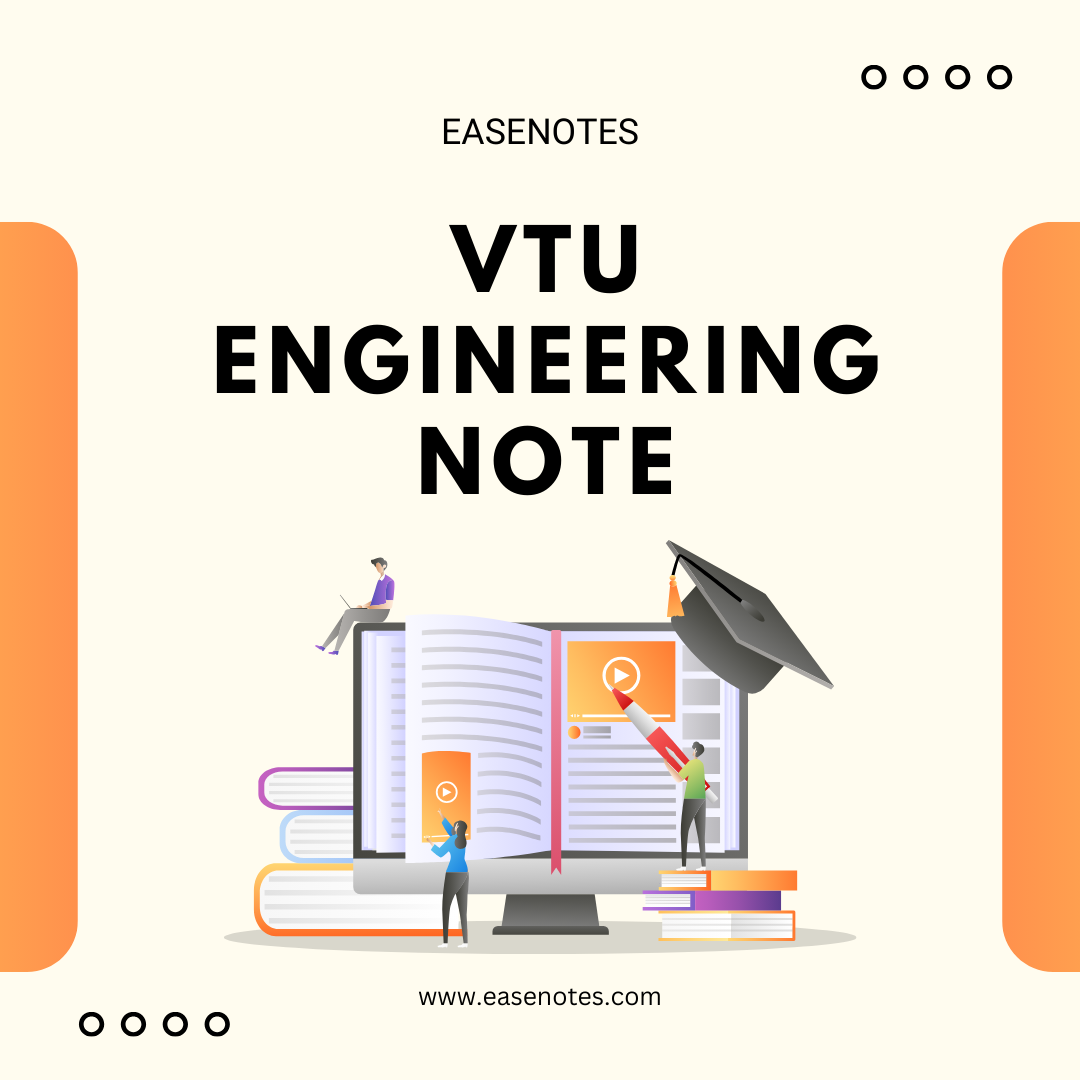
- contact@easenotes.com
- Phone: (+91) 9964716807

BCHEE202/202-Chemistry For Electrical And Electronics Engineering
VTU University notes on 1st SEM 1st SEM & 2nd SEM physics/Chemistry Cycle 2022 scheme notes 2024. Study materials and previous year question papers on easenotes 2024.

ConductorsandInsulators: Introduction, principle with examples. Semiconductors: Introduction, production of electronic grade silicon-Czochralski process(CZ) andFloatZone(FZ)methods. Polymers: Introduction, Molecular weight Number average, Weight average and numerical problems.Conducting polymers– synthesis and conducting mechanism of polyacetylene.Preparation, propertiesandcommercialapplicationsofgrapheneoxide. PCB: Electroless plating – Introduction, Electroless plating of copper in the manufacture of double-sided PCB.
Batteries: Introduction, classification of batteries. Components, construction, working and applications of modern batteries; Na-ion battery, solid state battery (Li-polymer battery) and flow battery (Vanadiumredoxflowbattery). FuelCells: Introduction, construction, working and applications of methanol–oxygen and polymer electrolyte membrane (PEM) fuel cell. SolarEnergy: Introduction, importance of solar PVcell, construction and working of solar PVcell, advantages and disadvantages
CorrosionChemistry: Introduction, electro chemical theory of corrosion, types of corrosion differential metal and differential aeration.Corrosioncontrol-galvanization,anodization and sacrificial anode method. Corrosion Penetration Rate (CPR) – Introduction and numerical problem. E-waste Management: Introduction, sources, types, effects of e-waste on environment and human health, methods of disposal, advantages of recycling. Extraction of copper and gold from-waste
Nanomaterials: Introduction, size-dependent properties of nanomaterials (Surface area, Catalytic, Conducting), preparation of nanomaterials by sol-gel and co-precipitation method with example.Introduction, properties and applications Nanofibers, Nanophotonics, Nanosensors. DisplaySystems: Liquid crystals (LC’s)-Introduction, classification, properties and application in Liquid Crystal Displays (LCDs). Properties and application of Organic LightEmittingDiodes(OLEDs) and QuantumLightemittingdiodes(QLEDs). Perovskite materials: Introduction, properties and applications in optoelectronic devices.
Electrode System: Introduction, types of electrodes. Ion selective electrode – definition, construction, working and applications of glass electrode. Determination of pH using a glass electrode. Reference electrode- Introduction, calomel electrode– construction, working and applications of calomel electrode.Concentration cell– Definition,constructionandNumericalproblems. Sensors: Introduction, working principle and applications of Conductometric sensors, Electrochemical sensors, Thermometricsensors, and Optical sensors. AnalyticalTechniques: Introduction,principleandinstrumentationofColorimetricsensors; its application in the estimation of copper, principle and instrumentation of Potentiometric sensors; principle and instrumentation of its application in the estimation of iron, Conductometric sensors; its application in the estimation of weak acid.